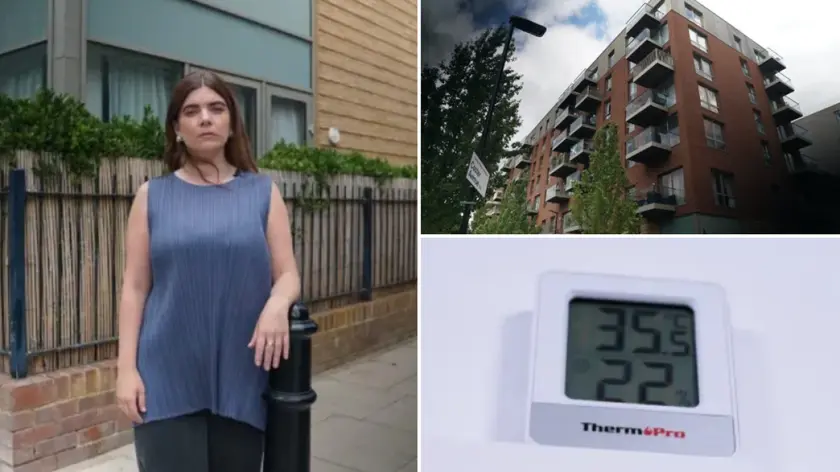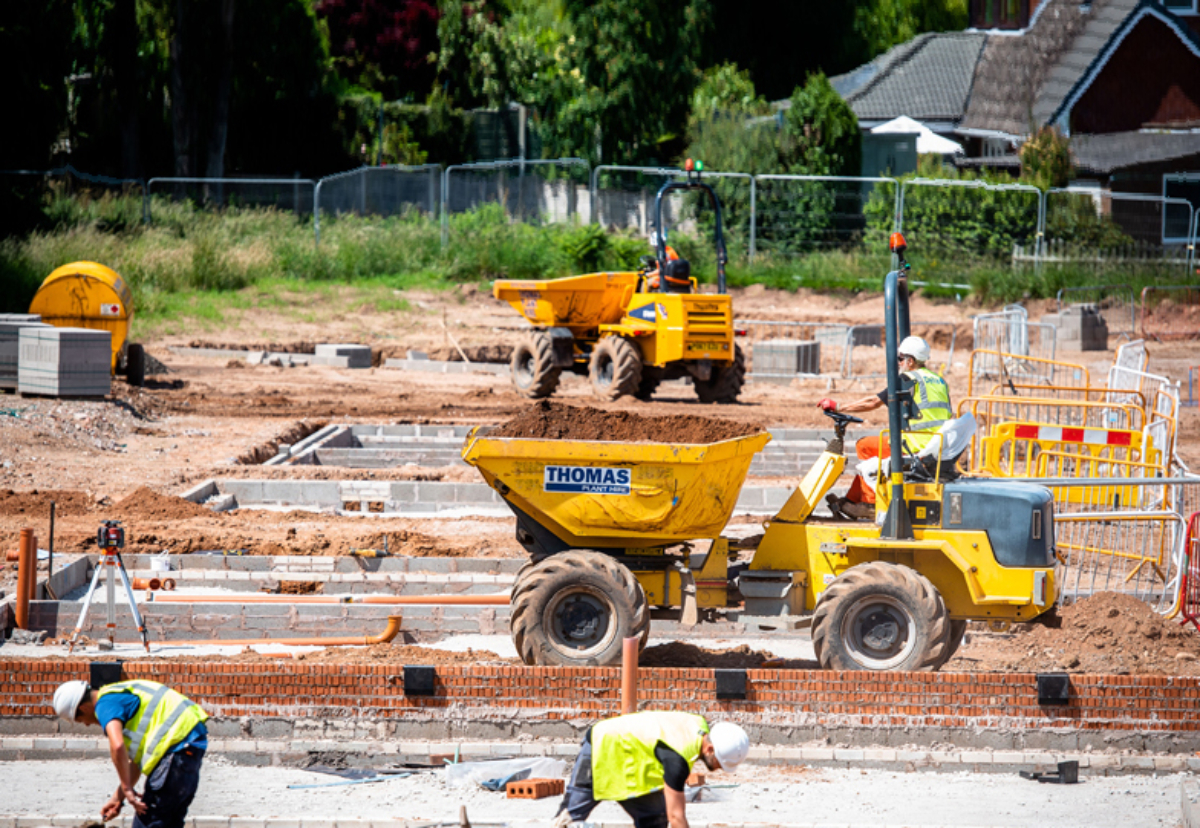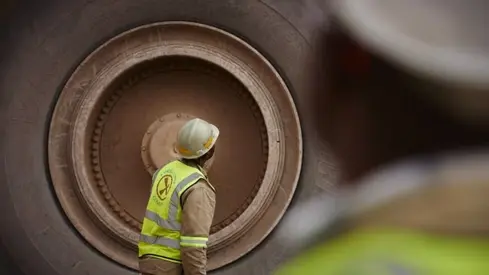T4K3.news
London overheating in new flats
New build homes in London face rising indoor temperatures, prompting policy review and resident adaptations.

Experts say UK new homes are not designed for hotter summers, prompting questions about policy and the burden on residents.
London overheating exposes gaps in housing policy
In east London, Leaside Lock shows a growing problem. A tall, south facing block has seen residents complain of heat and a placard reading DO NOT BUY THESE FLATS TOO HOT. The area is part of a dense borough with many flats and little green space, a mix that fuels the urban heat island effect. Regulators have signaled new rules to curb overheating, but the future homes standard currently prioritizes winter warmth and is due to take effect in 2027.
Nearby Three Waters also highlights the struggle. A resident describes temperatures staying above 27C for weeks and a thermometer peaking at 33C. Developers say they have added features like external shutters and improved ventilation, and a council block in Islington shows how heat persists even with new construction. Health data from recent heatwaves is clear: high indoor temperatures raise risk for heart and lung conditions and disrupt sleep.
Key Takeaways
"When I’m trying to fall asleep at night, it gets quite unbearable."
Lucian Ho describes heat in a top-floor flat
"Our temperatures haven’t gone below 27C inside the house in the past two months"
Sandra Monteiro on heat in Three Waters
"It’s like living in a brick oven"
Chris Brown on heat in Kestrel House
"We want residents to feel comfortable in their homes all year round"
Peabody spokesperson on cooling and shading
The story points to a policy gap. Climate change is making overheating a real design problem, not a cost a homeowner should bear. The focus on winter heat has left cooling out of balance, even as tall towers and dense streets trap heat. That misalignment requires faster standards and better building practices.
There is also a fairness issue. Low and middle income residents may bear the cost of adaptations while dealing with noise, dust, and limited access to green space. Public spaces and street trees are a cost-effective fix that planners routinely overlook. The result could be higher health care costs and poorer quality of life unless better cooling is built into every new home by design, not afterthought.
Highlights
- Homes built to stay cool must be the standard not the exception
- A brick oven inside a home is a failure of design
- Heat is a health issue that cannot be ignored
- Policy must keep pace with climate change
Overheating in new London flats risks public health and policy backlash
Rising indoor heat in new builds risks health, increases health costs, and challenges current policy timelines. The controversy centers on who pays for cooling, how quickly standards respond to climate change, and whether design fixes are enough for high-density, heat-prone areas.
As cities grow taller, cooling must become a standard feature of home design
Enjoyed this? Let your friends know!
Related News

New-build homes in the UK suffer from severe overheating

Heat Risk Strains England Low Income and Minority Households

Lily Allen moves to London flat after split

Tax breaks lure bankers to Milan

Mother fights to save her daughter from mental illness

Roger Robar from £6m lottery win now lives in modest flat

Significant decline in home registrations reported in London

Glencore stays in London, cancels New York listing plans
